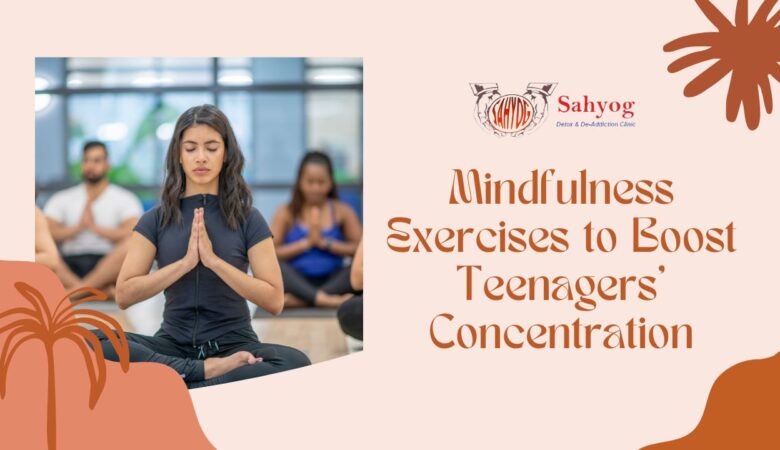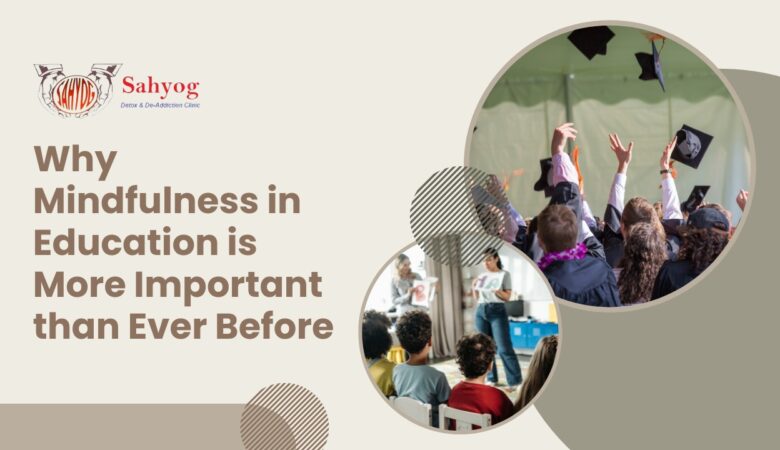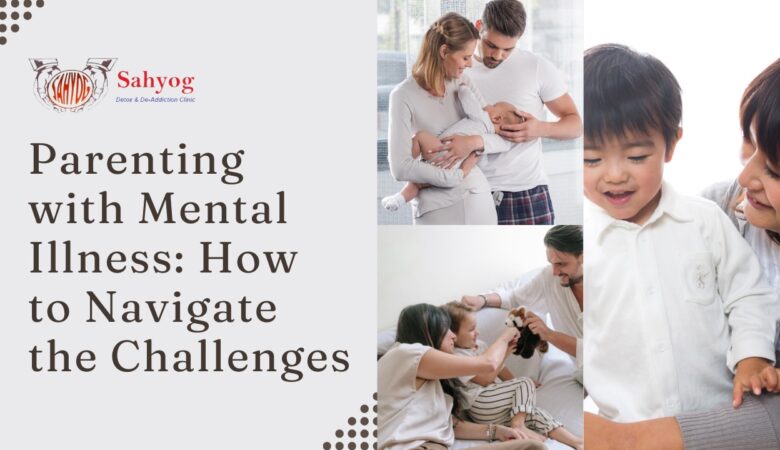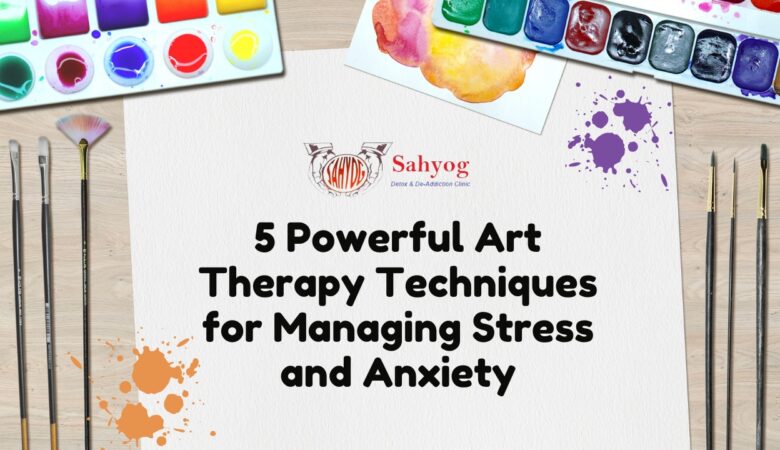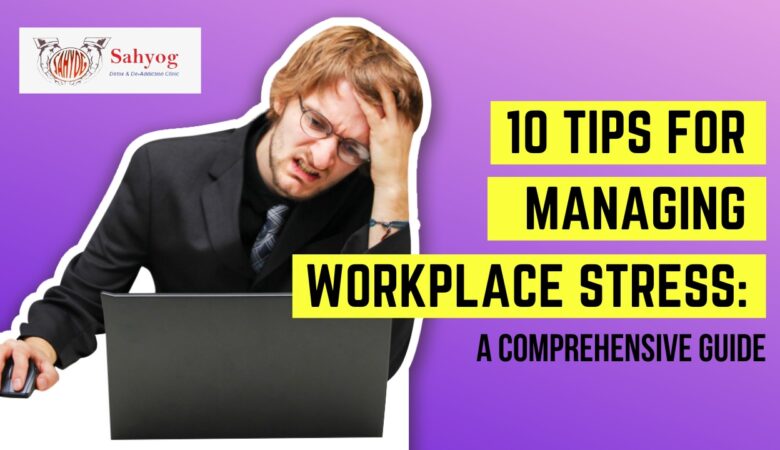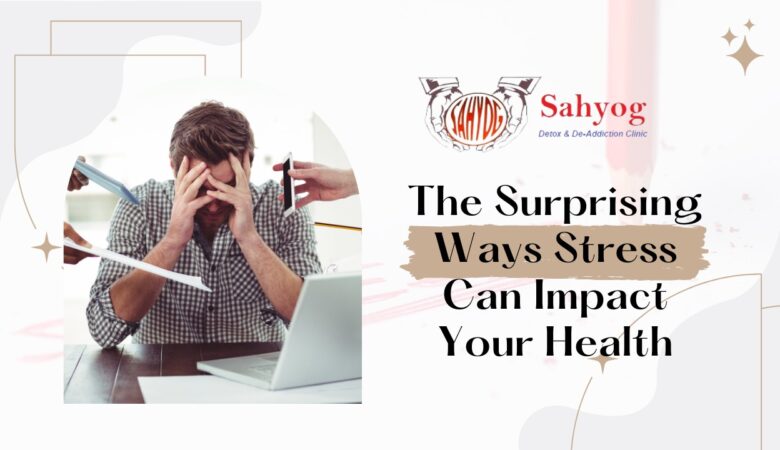The Power of Positive Affirmations: How They Can Transform Your Life
Unlock the hidden power within you and transform your life with the incredible force of positive affirmations! In a world filled with negativity and self-doubt, it’s time to take control and harness the immense potential of these simple yet profound statements. Whether you want to boost your confidence, attract abundance, or manifest your dreams into reality, positive affirmations can be your guiding light on this transformative journey. So buckle up and get ready as we delve into the captivating realm of positive affirmations and learn how they can revolutionize every aspect of your life! What are positive affirmations? Positive affirmations are like powerful mantras that help shift your mindset and shape your reality. They are positive statements or phrases that you repeat to yourself, consciously or subconsciously, to reprogram your thoughts and beliefs. These affirmations serve as a reminder of the potential within you and can be tailored to any area of your life where you seek improvement. When crafting positive affirmations, it is important to focus on using present tense language. For example, instead of saying “I will be successful,” say “I am successful.” This helps align your subconscious mind with the belief that what you desire is already yours. The beauty of positive affirmations lies in their ability to plant seeds of positivity in your consciousness. By consistently repeating these empowering statements, you gradually replace negative self-talk with uplifting thoughts. Over time, this rewiring positively impacts how you perceive yourself and the world around you. Your mind is a fertile ground ready to receive these nourishing seeds of positivity through repetition and consistency. The more frequently you engage with positive affirmations, the stronger their impact becomes. You can write them down in a journal, create visual reminders such as sticky notes or posters, or even recite them aloud during meditation or quiet moments throughout the day. Remember that positive affirmations work best when they resonate deeply within you. Tailor them specifically to address areas where self-doubt may linger or where growth is desired. Personalize each affirmation so that it feels authentic and relevant to your unique journey. With regular practice and dedication, positive affirmations have the power to transform not only how we think about ourselves but also how we experience life itself—opening doors for abundance, joy, love, success,and fulfillment beyond measure! So let’s dive deeper into this incredible realm of self-empowerment as we explore how exactly one can create their own personalized set of transformative positive affirmations! The benefits of positive affirmations The benefits of positive affirmations are numerous and can have a profound impact on our lives. One of the main benefits is that they help to reprogram our subconscious mind. Our beliefs about ourselves and the world around us are often deeply ingrained, but through consistent repetition of positive affirmations, we can start to change these beliefs. Positive affirmations also help to cultivate a more optimistic mindset. By focusing on uplifting statements such as “I am capable,” “I deserve success,” or “I am deserving of love and happiness,” we shift our attention away from negative self-talk and towards more empowering thoughts. Another benefit is that positive affirmations boost self-confidence and self-esteem. When we regularly reaffirm positive qualities within ourselves, such as “I am confident” or “I believe in my abilities,” we reinforce a strong sense of self-worth. Furthermore, using positive affirmations can improve our overall mental well-being. They serve as reminders for us to practice gratitude, mindfulness, and self-care. By repeating phrases like “I am grateful for all that I have” or “I prioritize my mental health,” we train our minds to focus on the present moment and appreciate what we already possess. In addition, positive affirmations can enhance motivation and productivity by instilling a sense of purpose within us. Affirming statements like “Every day I take steps towards achieving my goals” or “My potential knows no limits” fuel an inner drive to pursue personal growth and strive for success. It’s important to remember that incorporating positive affirmations into daily life requires consistency and belief in their power. With dedication, patience, and an open mind, you may witness transformative changes in your thought patterns, behavior,and overall outlook on life. How to write your own positive affirmations Writing your own positive affirmations can be a powerful tool for transforming your life. By creating personalized statements that reflect your goals and aspirations, you can harness the power of positive thinking to make lasting changes. To begin writing your affirmations, start by identifying areas in your life where you would like to see improvement. Whether it’s boosting self-confidence, improving relationships, or achieving career success, think about what specific outcomes you desire. Once you have identified these areas, write down positive statements that reinforce those desires. Use present tense language and avoid negative phrasing. For example, instead of saying “I am not afraid,” say “I am courageous.” This helps to shift your mindset from focusing on what you don’t want to manifesting what you do want. Make sure that the affirmations resonate with you personally. They should feel authentic and meaningful when spoken or written down. Remember that repetition is key – the more often you repeat them to yourself or read them aloud, the more they will become ingrained in your subconscious mind. It can also be helpful to write out your affirmations in a journal or create visual reminders such as sticky notes or a vision board. Seeing them regularly serves as a constant reminder of your intentions and helps reinforce their importance in your daily life. Be patient with yourself throughout this process. Positive change takes time and effort. Embrace any resistance or doubts that may arise along the way and gently redirect yourself back to these empowering statements. By taking the time to write and use personal affirmations consistently, you are actively rewiring your brain for positivity and success. So go ahead – grab a pen and start crafting those transformative statements today! How to use positive affirmations Using positive affirmations is a powerful

